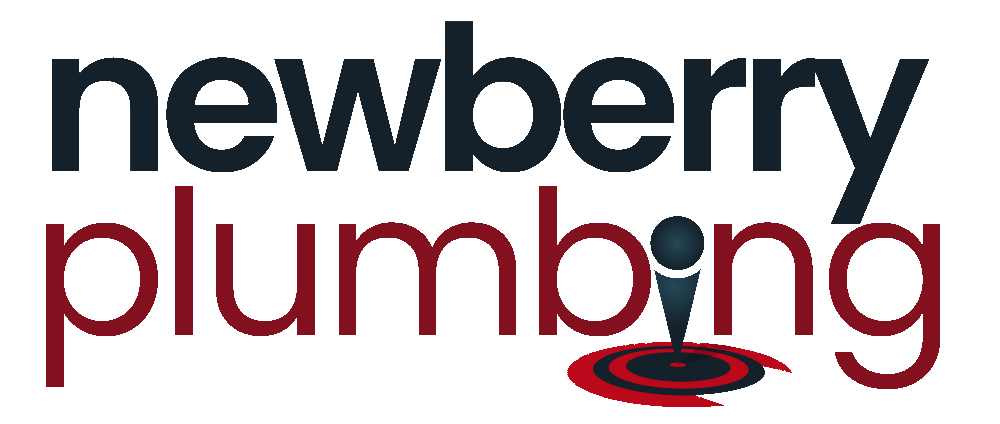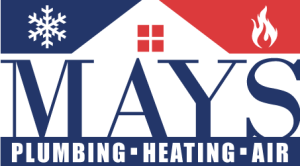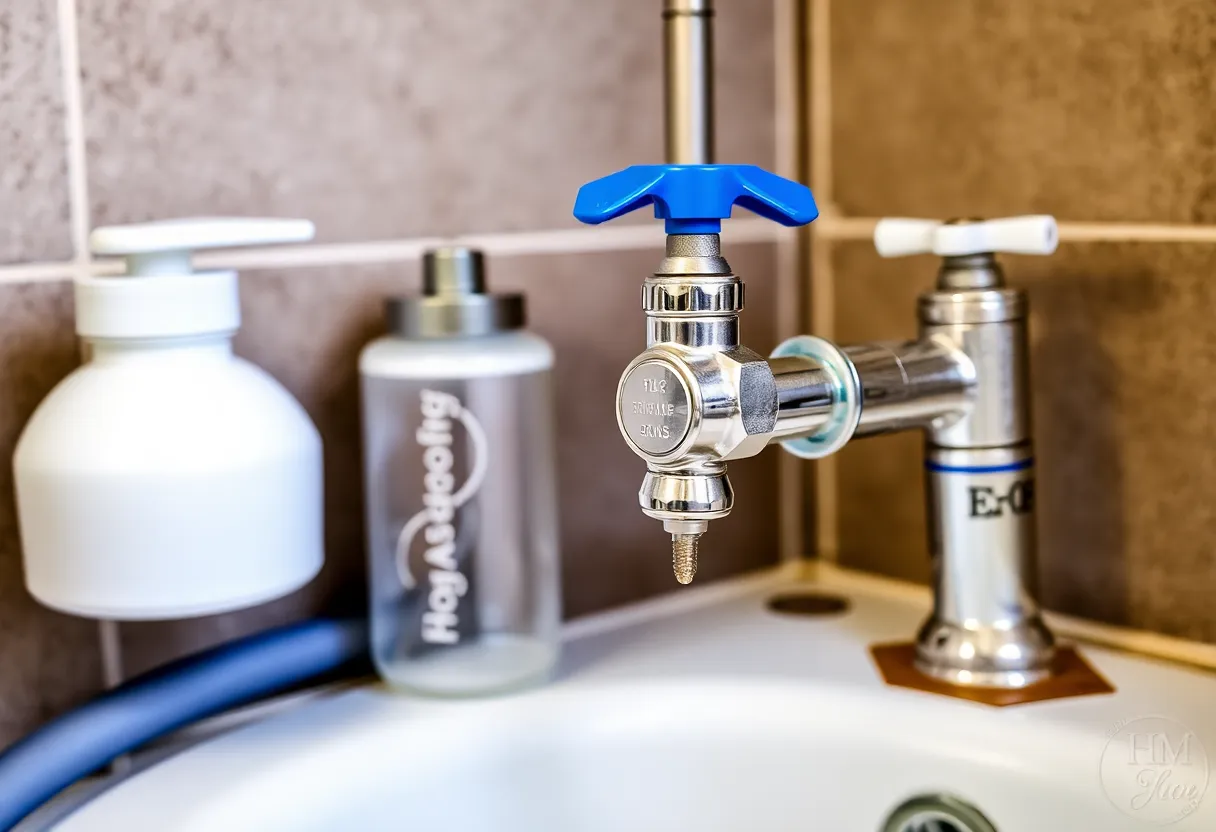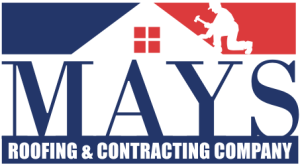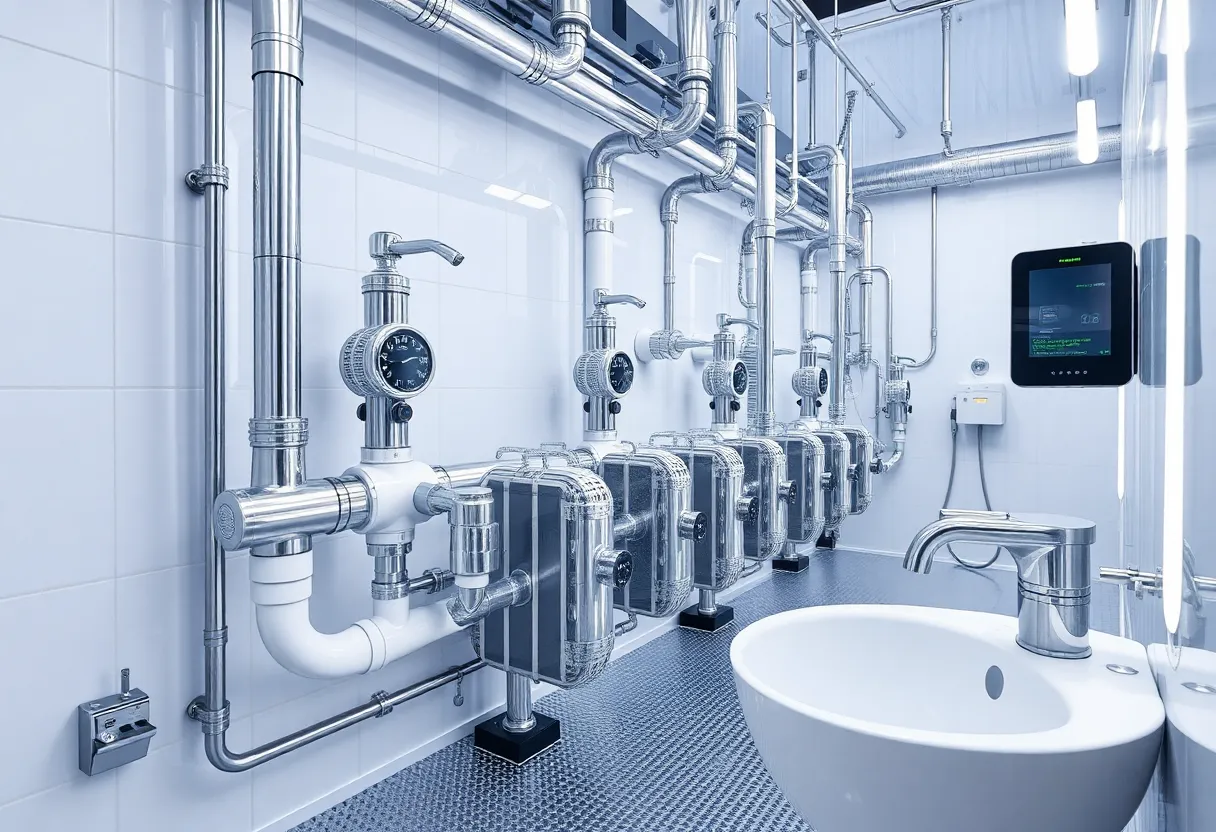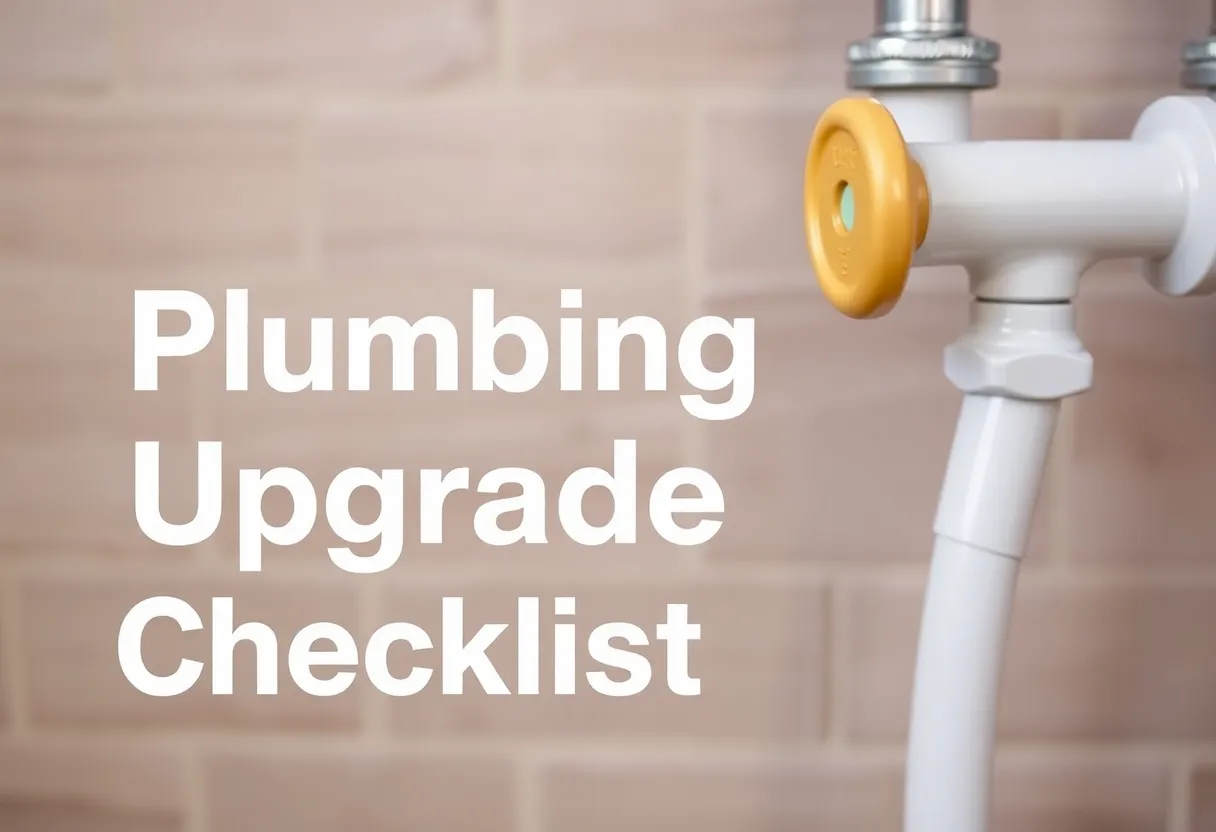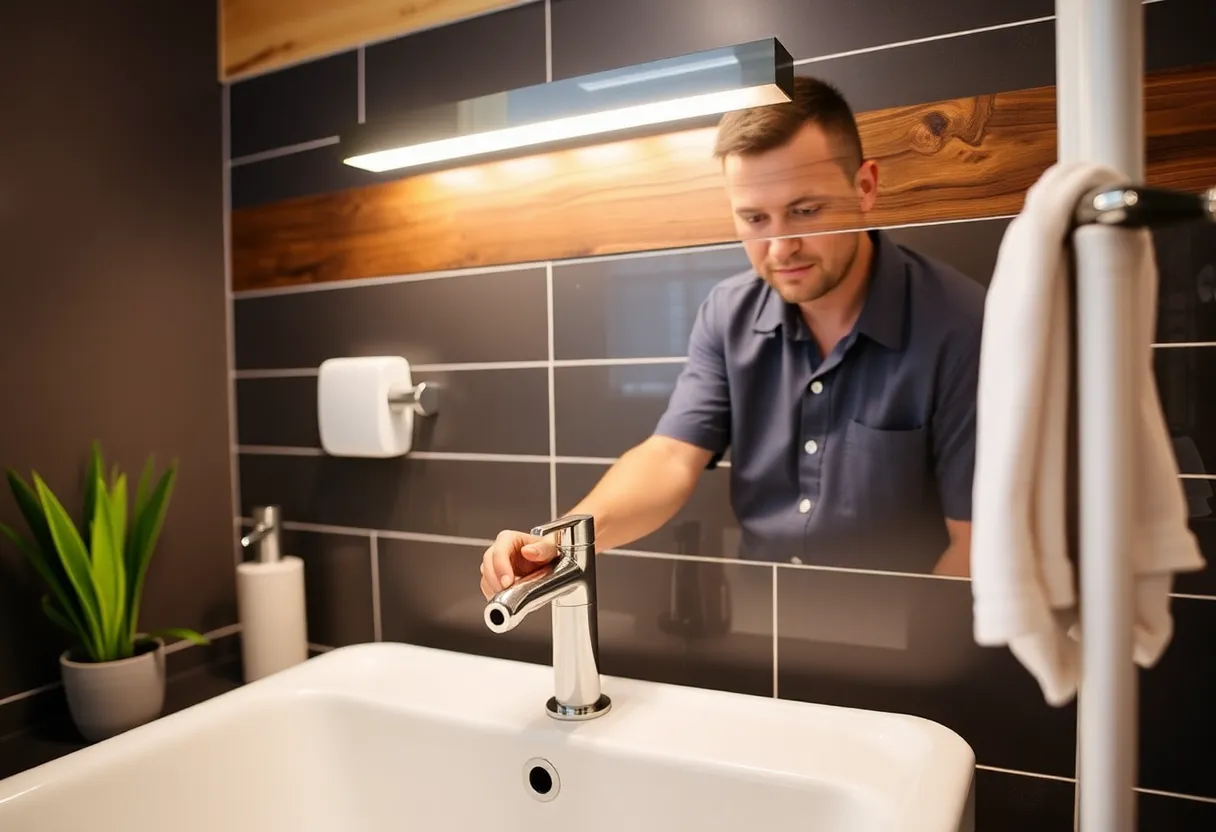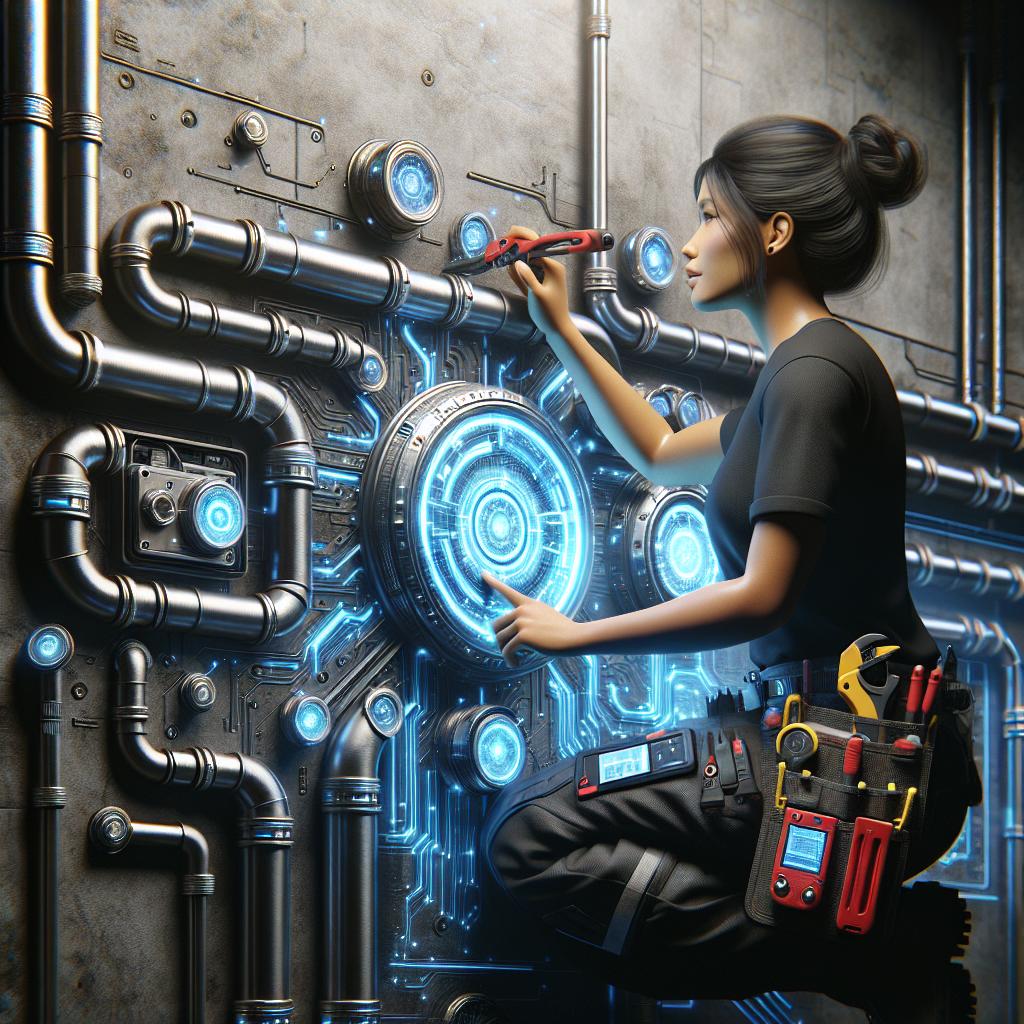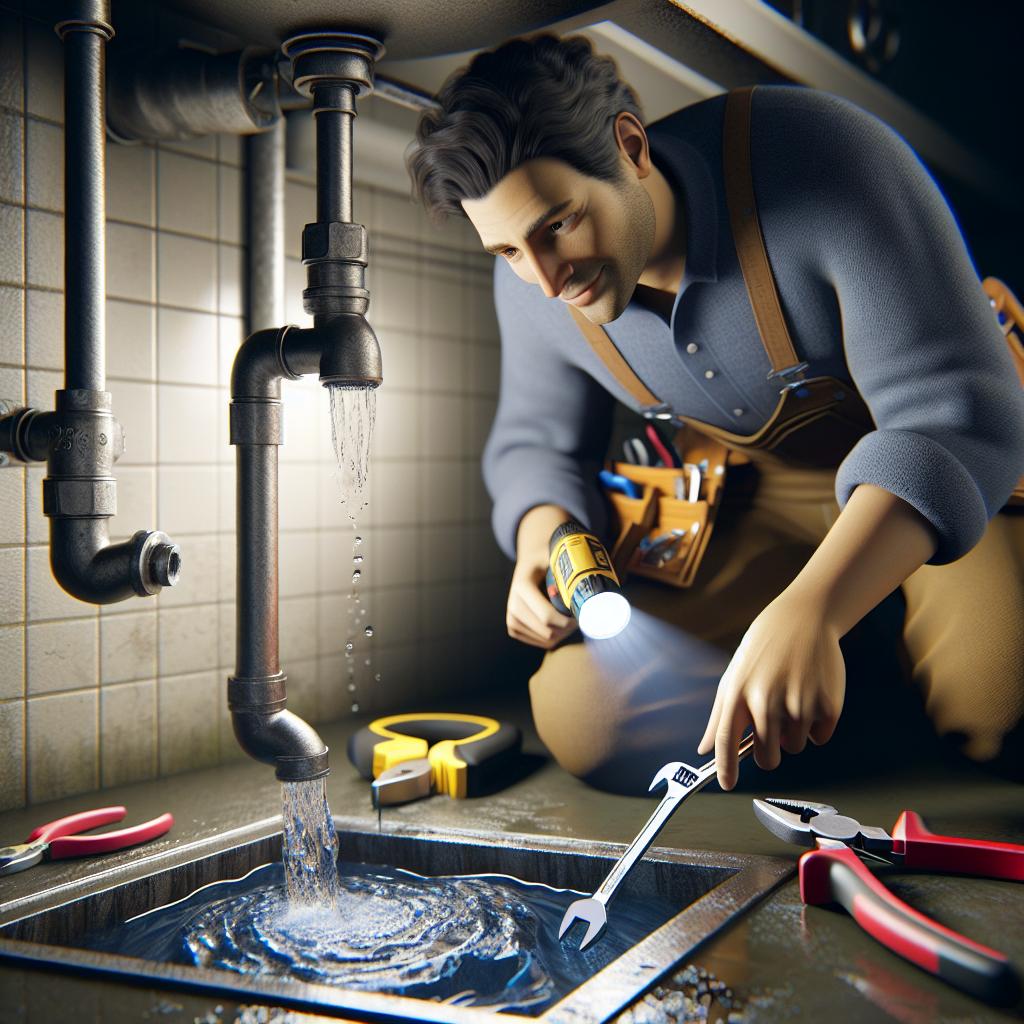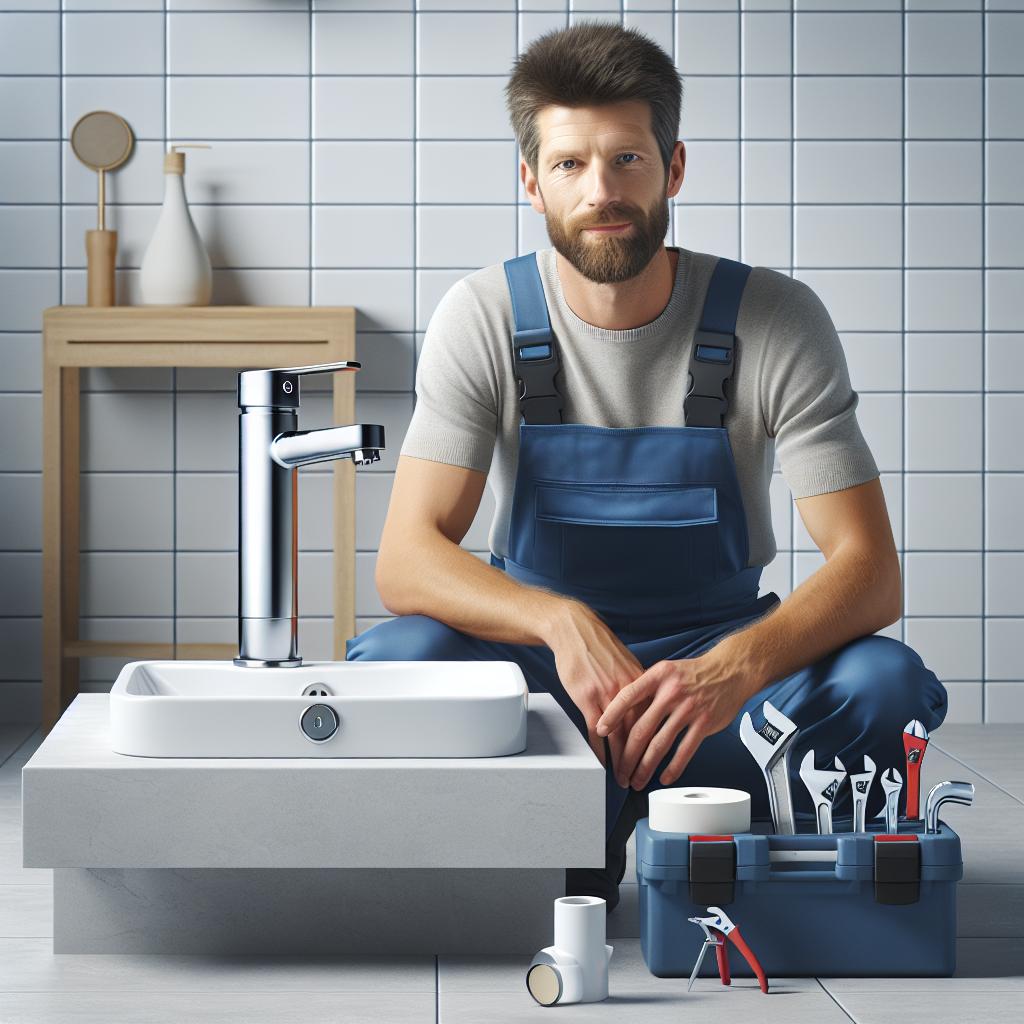The Plumbing Playbook: 9 Essential Emergency Fixes Every Homeowner Should Know
Homeownership comes with a myriad of responsibilities, and one of the most crucial is maintaining a functional plumbing system. When plumbing emergencies occur, knowing how to tackle these issues promptly can save you time, stress, and money. Thus, in this article, we present the _Plumbing Playbook_, which details 9 essential emergency fixes every homeowner should know. Let’s dive in!
1. _Understanding the Main Water Shut-Off Valve_
The very first step in tackling any plumbing emergency is knowing where your _main water shut-off valve_ is located. This valve controls the water supply to your entire home. In the event of a leak, if you do not shut off the main water supply promptly, the damage could escalate rapidly.
How to Locate It
Most commonly, you will find the main shut-off valve near the water meter, typically in the basement or a crawl space. In some homes, it might be located outside near the foundation. Familiarize yourself with its location and ensure you can operate it because, in times of crisis, every second counts.
Shutting Off the Water
To turn off the valve, simply rotate it clockwise until it stops. Be sure to test it regularly to ensure it functions properly.
2. _Dealing with Leaky Faucets_
Leaky faucets, while not always an immediate threat, can lead to water wastage and increased bills. A simple fix can save you from larger issues down the line.
Identifying the Problem
Most leaks are caused by worn-out washers or seals. Examine the faucet to identify where the water is dribbling.
Fixing the Leak
- Turn off the water supply to the faucet.
- Use a wrench to remove the faucet handle and access the inner components.
- Replace worn-out washers or O-rings.
- Reassemble the faucet and turn on the water supply to test for leaks.
3. _Unclogging Drains_
Clogged drains are a hassle, but you can often clear them with a few handy tools and techniques.
Preventative Measures
To prevent clogs, consider investing in a drain strainer, and avoid rinsing food down the sink. However, if you already have a clog, here’s how to tackle it:
Emergency Fixes
- Boiling Water: Pouring boiling water down the drain can sometimes dissolve minor clogs.
- Baking Soda and Vinegar: Pour a cup of baking soda followed by a cup of vinegar. Cover the drain for 15 minutes, and then flush with hot water.
- Plumber’s Snake: If the clog persists, use a plumber’s snake to remove deeper blockages.
4. _Fixing Running Toilets_
A toilet that won’t stop running is not only annoying but can waste a significant amount of water. Here’s how to get it functioning properly again.
Identifying the Issue
Most running toilets are caused by a faulty flapper valve, incorrect float height, or a malfunctioning fill valve.
Steps to Repair
- Check the Flapper: Remove the tank lid and inspect the flapper. If it’s worn or doesn’t seal properly, replace it.
- Adjust the Float: Ensure that the float is at the correct height, allowing the tank to fill and stop water flow adequately.
5. _Resolving Low Water Pressure_
Experiencing low water pressure can be frustrating and might be a sign of a more significant issue. Here’s how to diagnose and resolve the problem.
Common Causes
Low water pressure can result from mineral build-up in aerators, plumbing leaks, or issues with your provider’s supply.
Troubleshooting Steps
- Check Aerators: Remove faucet aerators and rinse them to remove any build-up.
- Inspect Plumbing: Look for leaking pipes, which can significantly impact pressure.
- Consult Your Water Supplier: Sometimes the issue resides with the municipal water supply. If other houses are also affected, contact your provider.
6. _Handling Burst Pipes_
If you discover a burst pipe, immediate action is essential.
What to Do Immediately
- Shut Off the Water Supply: Turn off your main water valve immediately.
- Drain the Pipes: Open faucets to drain any remaining water and relieve pressure.
Temporary Solutions
For a temporary fix, you can use plumbing tape or a pipe clamp until a professional can make a permanent repair. Always document the damage and stay safe by avoiding contact with the water if it is near electrical outlets.
7. _Addressing Toilet Overflow_
A toilet overflow can quickly lead to mess and damage. Here’s how to manage the situation swiftly.
Immediate Actions
- Shut Off the Water: Locate the shut-off valve at the base of the toilet and close it.
- Plunge the Toilet: Use a plunger to force the blockage, but remember to use a gentle approach to avoid further overflowing.
Aftermath Clean-Up
Ensure that you clean and sanitize the area after an overflow to prevent mold and bacteria growth.
8. _Dealing with Water Heater Issues_
If your water heater suddenly stops working, you’ll want a strategy to troubleshoot the issue.
Common Problems
Typical issues could revolve around the pilot light (for gas heaters) or the breaker (for electric heaters).
Steps to Take
- Check the Pilot Light: If it’s out, follow the manufacturer instructions to relight it safely.
- Inspect Breaker: Check the circuit breaker for tripped switches, especially if you have an electric water heater.
- Sediment Buildup: If the water is discolored, it might require flushing the tank to remove sediment.
9. _Prevention is Key_
While having a set of emergency plumbing fixes is vital, preventive measures can save you time and heartache in the long run.
Regular Maintenance Tips
- Inspect Pipes: Regularly examine exposed pipes for signs of corrosion or leaks.
- Clean Drains: Utilize safe drain cleaners or natural methods to keep your drains clear.
- Professional Check-Up: Schedule annual plumbing inspections to catch potential problems before they turn into emergencies.
Conclusion
Being a homeowner comes with moments of unexpected surprises, especially where plumbing is involved. Equipping yourself with _essential emergency fixes_ ensures you can respond promptly and effectively. The _Plumbing Playbook_ outlined above provides a solid foundation for addressing plumbing issues swiftly, potentially saving you from extensive damage and costly repairs.
Remember, while these tips can help you manage many common plumbing emergencies, it’s crucial to know your limits. In cases of significant leaks, pipe bursts, or reoccurring issues, consulting a professional plumber is always the best course of action.
